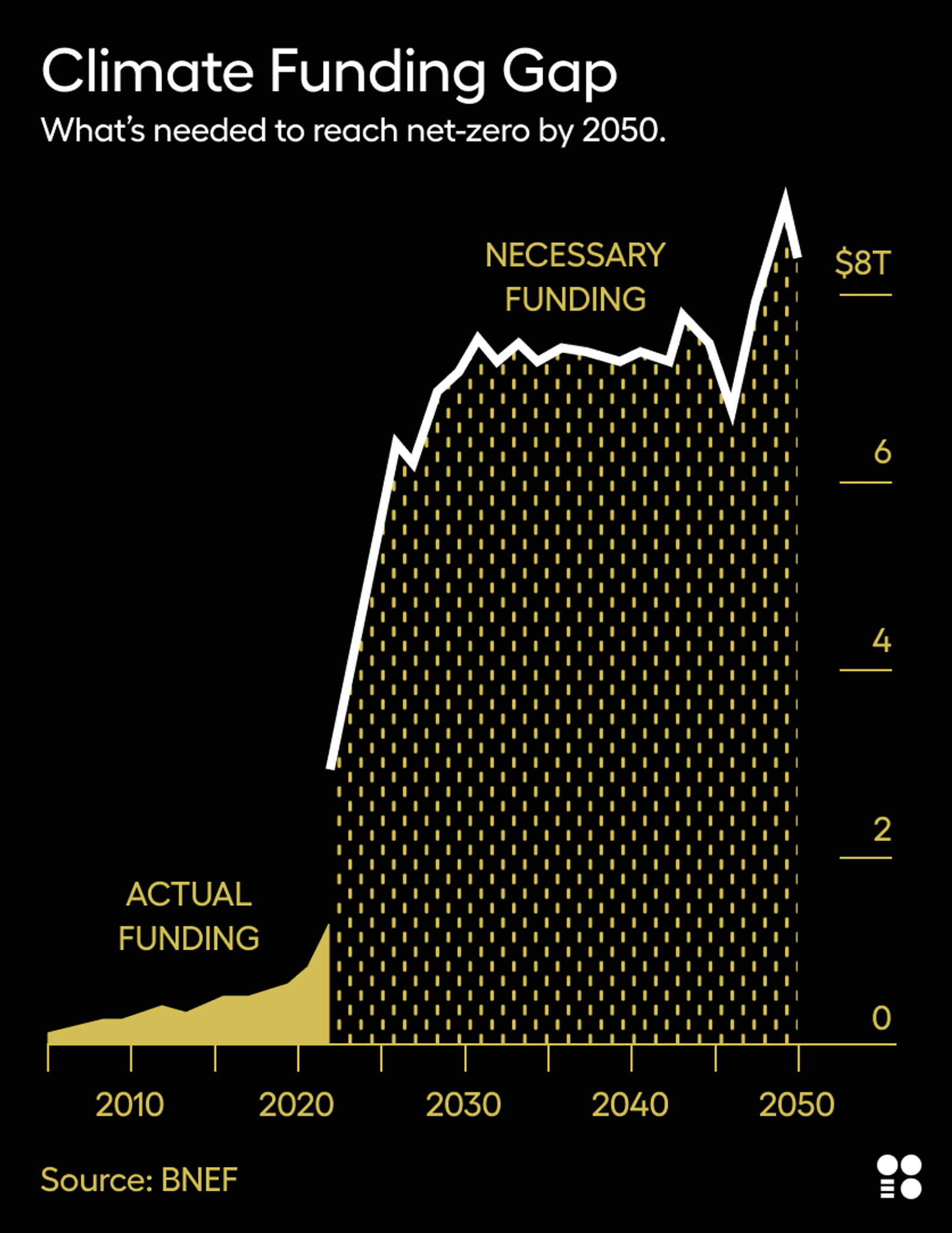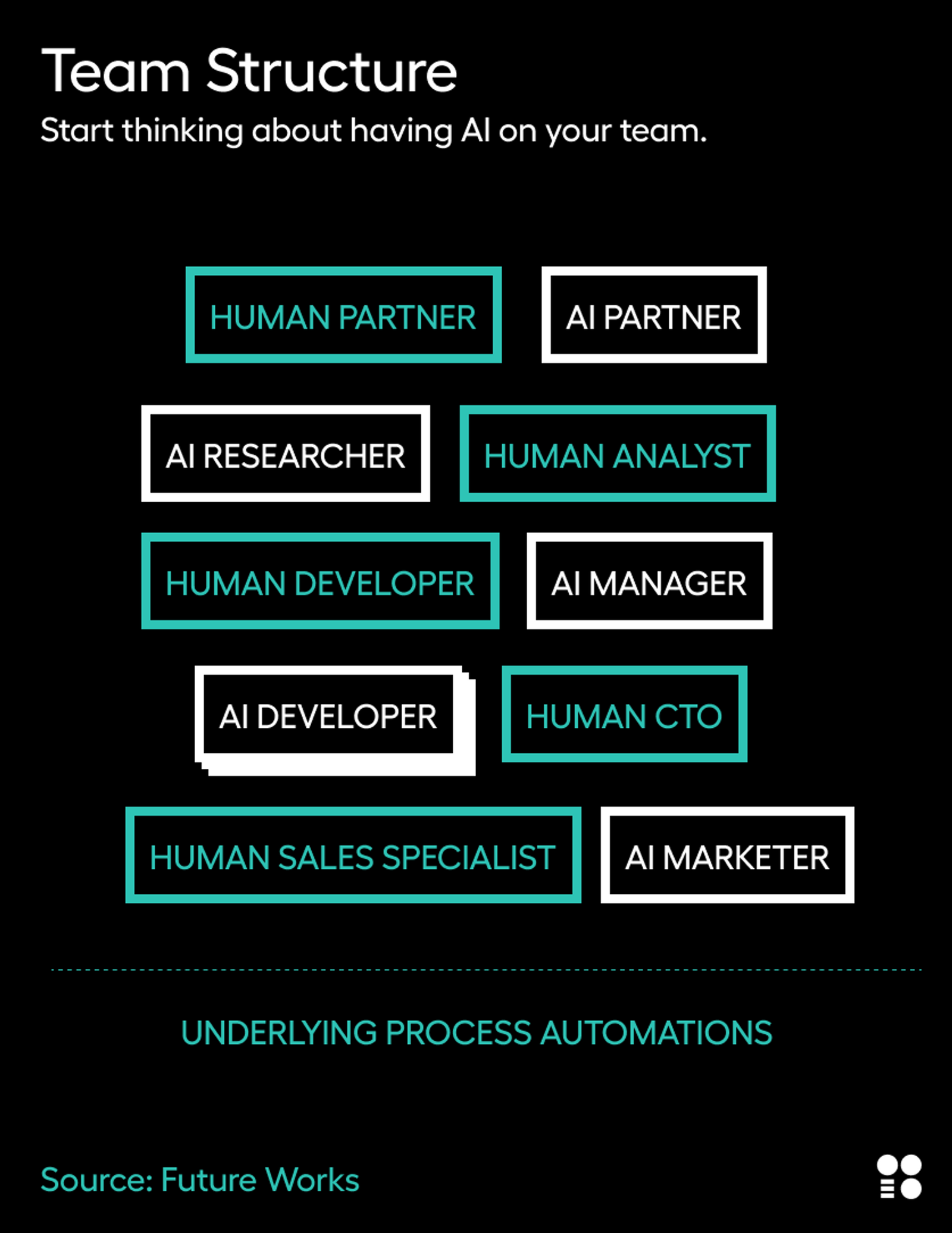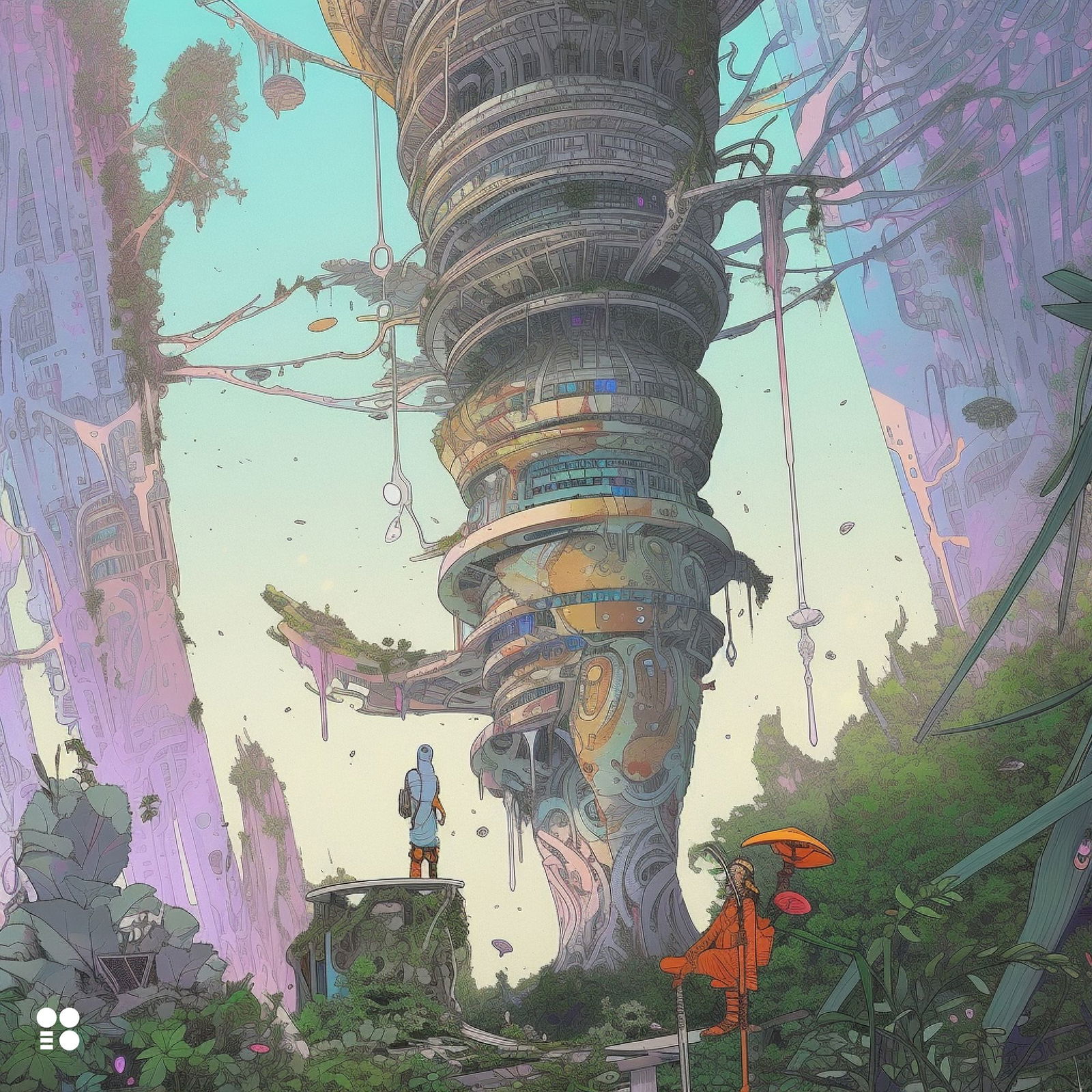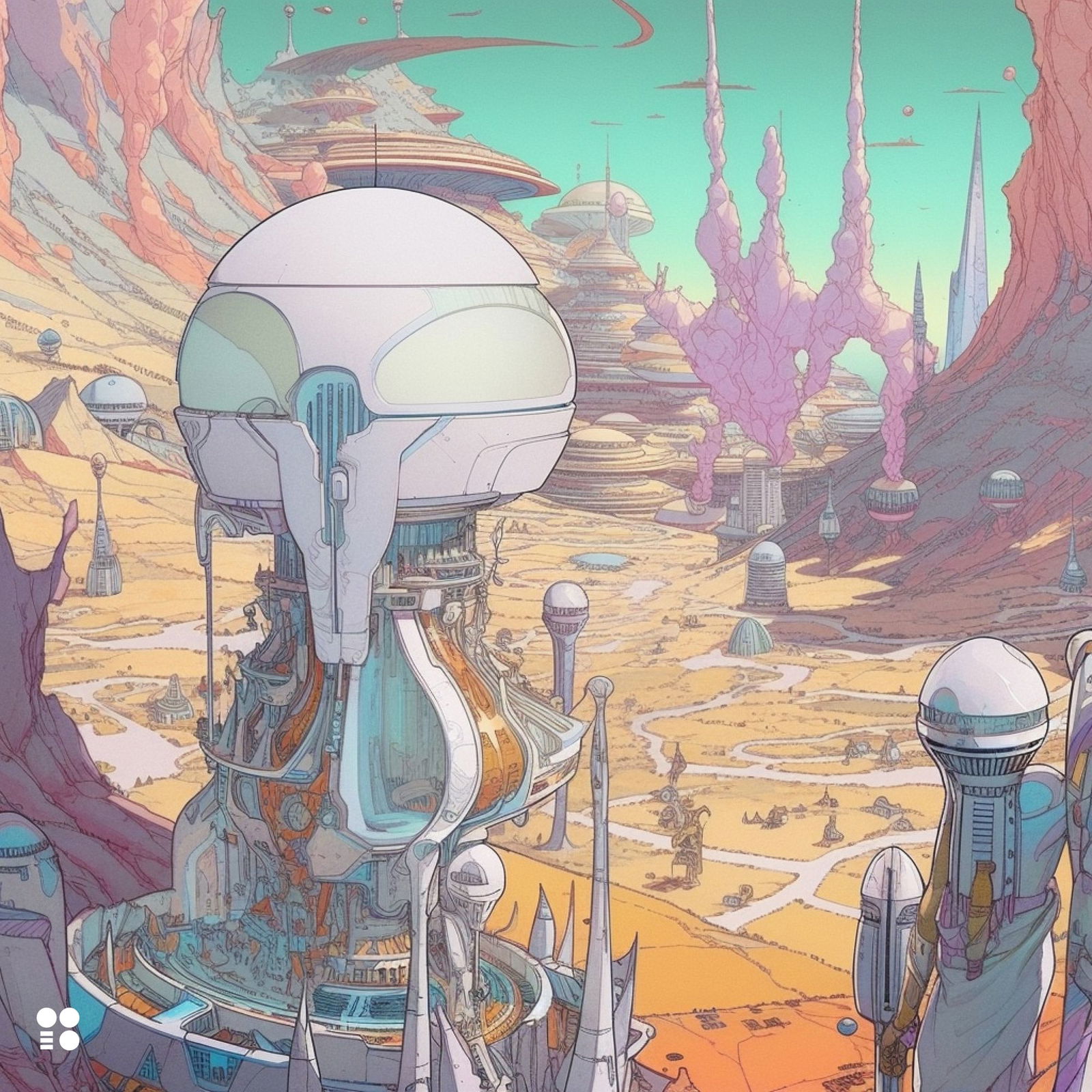The AI counterattack to climate change


· 8 min read
“The two shaping megatrends in our world today are a technology supercycle and a climate supercycle,”
said Tom Friedman, the Pulitzer-winning New York Times columnist,
“… out of which everything else really flows.”
We’re entering a liminal future. A time of uncertainty when anything can happen, from a civilization disaster to a relative utopia. We’re reshaping the planet, what it means to be human and what it means to be a machine. It’s hard to predict what lies ahead and even the best of forecasters, investors and traders get things wrong all the time these days.
In this article, we will explore how we can leverage the power of artificial intelligence (AI) to drive climate entrepreneurs and companies toward an optimistic future where we solve climate change. For-profit or non-profit, certain mindsets can enable quite huge leaps.
First, let’s entertain a chart, and a story:

Consider this scenario:
In the coming 18 months, AI displaces millions of knowledge workers. The first ones affected are “career developers”, those who are in it for money, but not passion. Many other professions follow: writers, designers, managers, and lawyers. Millions of smart people will be seeking new opportunities.
At the same time, 70% of young people see a pressing need to do something about the climate but don’t know what. Many might follow the Decarb Bros.
The more talent there is, the more ideas, solutions and companies spawned, and the bigger the difference made. Exponentially.
Within 2 years, we see previous models becoming obsolete.
New businesses are increasingly powered by AI-driven processes driving ever-increasing efficiency. Something impossible to predict accurately even just months before, just like we didn’t see 1,500+ new AI tools coming… just 2 months ago (more on this below).
Increasing coordination, ever-improving carbon MRV (thereby impacting carbon footprint calculations), and transparency are tightening things, from greenwashing to real investments.
The Paris Accord funding gap quickly shrinks from $7T per year. Not just because of increasing funding, but because of unexpected new efficiency and talent supply.
Eventually, within this decade, the ends meet. The Technology Supercycle wrestles with the Climate Supercycle - and wins.
Optimistic? Anything is possible in the liminal future.
I’m a serial founder who has almost always had partners and teams. Impressed by the recent wave of new AI tools and solopreneurship, I decided to do a very personal - and yet very public - deep dive as an experiment: to build a new company in 30 days, running solo, with $0 budget to start and only AI as my partner.
The results have been very promising. How did that happen? Well, my AI partner makes a difference.

The Technology Supercycle is accelerating. The progress with AI is expected to be doubling and quadrupling every year, for the rest of the decade.
But can it match the accelerating Climate Supercycle and even solve it?
Let’s consider the hype.
So much AI hype lately! As part of my 30-day quest, I decided to go on a deep dive and read tens of those new clickbait articles, reviewed hundreds of AI and “AI” tools, and tested tens of them, distilling what can help.
My key takeaways:
There is an AI program for it.
There are reasons for the hype. New tools arrive every day. Hundreds of them! I recommend looking here, here and here. The first one even uses AI to find the right AI.
Each of these lists had about 100 just weeks ago, now there are 1500+ and growing.
It can be overwhelming, so if you or your team are just starting:
But the potential goes far beyond tools.

It’s all in the teamwork. Except the team is not all human.
As someone working to solve climate change, you probably have a team. Your team members can use AI tools every day. Some tools will increase productivity by 10x, others will only provide a 5% boost and others still will make no difference.
It's all about tying these elements together and implementing the right processes.
To enable real speed, embrace this thought exercise: think of AI instances as team members.
The industry calls them “agents” because they can act on their own. Whether you use an agent such as the recently popular AutoGPT or just a reactive tool (eg. ChatGPT or Midjourney), it helps to think about it as a team member with a certain role. Each of your humans can work with multiple such accomplices.
This, I believe, prepares our mindset for what is to come: AI stepping in as highly focused and capable team members, not just tools.
This is what your team could look like:

Now, notice that there are humans who work with AI. Those people are not going away! But they can focus on what they are best at, building up their expertise.
But by weaving together focused human experts and AI tools, we can bring out the best of the two sides.
My AI partner and I are in the design and tech services industry, but our approach can be applied to any field. Here's a general outline of how we can use AI to accelerate our work as a team:
The earlier we start, the faster we will be able to move and the faster we can all help drive things towards a future where climate is solved and biodiversity incurs minimum loss. Is a $7 trillion gap still so high, when AI makes it half as expensive to implement the solutions that existed before?
Anything is possible in the liminal future.



illuminem Voices is a democratic space presenting the thoughts and opinions of leading Sustainability & Energy writers, their opinions do not necessarily represent those of illuminem.
Carbon Herald

Carbon Removal · Corporate Governance
Fibre2Fashion

Carbon · Fashion
Australian Financial Review

Carbon Market · Agriculture